In this edition
- Native Nutrition
- World Diabetes Day
- Mason Jar Recipes
- Overnight Oatmeal with Berries
- Yogurt Parfait
About the Newsletter
Our nutritional needs depend on our stage of life, health conditions, and preferences – preferences often influenced by our culture and upbringing. Learn more about Native nutrition and how we can use MyPlate and My Native Plate as an education tool to improve our eating.
Native Nutrition
By Taylor Christensen Cruz, M.P.H., R.D.
Taylor Christensen Cruz is a dietitian for the Washoe Tribal Health Center in Douglas County, Nevada. Taylor also sits on the Nevada Healthy Aging Alliance.
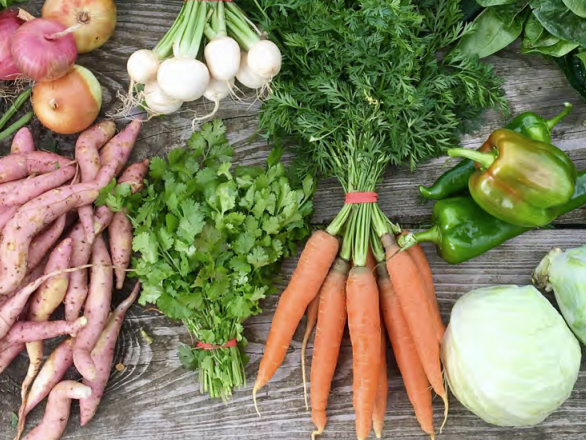
Various types of vegetables from Wozupi Tribal Gardens.
“What should I eat to be healthy?” This is a question I often hear as a dietitian. The answer, though, isn’t always simple. This is because our nutritional needs depend on our stage of life, health conditions, and preferences – preferences often influenced by our culture and upbringing. So, when I’m asked this question, I tell the person that although there are many ways to eat to improve your health, a good place to start is MyPlate – a visual guide to balanced eating from the United States Department of Agriculture (USDA). Now, you may already be familiar with MyPlate, but have you heard of My Native Plate? My Native Plate is similar to MyPlate but is specifically designed for American Indians and Alaska Natives, containing sample meals with ancestral Native American foods. Before we dive any further into My Native Plate, let’s learn about how the Native American diet changed over time and how this affected the health status of Indigenous Peoples. Before European settlers arrived in North America, the indigenous diet consisted of nuts, seeds, wild fruits and greens, beans, corn, squash and meats, among other things. The types of foods eaten varied greatly by region and climate.
This diet started to change when European settlers arrived in the early 15th century, bringing with them new foods. However, differences in their diet happened when Native Americans were relocated from their lands in the 1800s and their ways of obtaining food changed. During this time, the US government started distributing food rations to Tribes, including foods such as flour, lard, sugar and canned meat or spam. These foods then became incorporated into the Indigenous Peoples’ diet, in dishes such as Indian tacos and frybread. Today, American Indians and Alaska Natives have a lower life expectancy when compared to the rest of the US population. Many of the health inequalities faced by Native Americans are in part a result of changes to their diet, especially the incorporation of processed foods. American Indians and Alaska Natives have the highest rates of diabetes compared to all other racial groups in the US, and heart disease is the leading cause of death for Indigenous Peoples. That said, My Native Plate is a nutrition education tool, used to teach about balanced meals and food groups, cooking methods, and portion sizes. In addition, it can be used as a visual aid for discussion with Tribal Elders to learn about ancestral food harvesting and preparation techniques. While My Native Plate is just one resource, and much work needs to be done to improve health outcomes for all Native Americans, my hope is that it can be used as a guide for Indigenous Peoples to eat in such a way that honors their traditions, while also improving health inequalities.
Learn more about Native Myplate
Monday, Nov.14, is World Diabetes Day
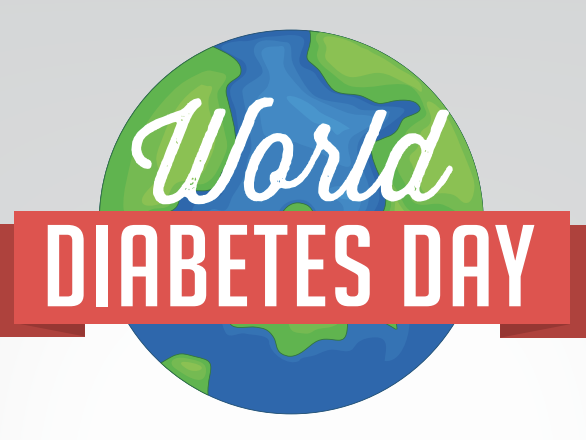
World Diabetes Day illustration.
For information on diabetes prevention and control in Nevada,
please contact:
Kellie Ducker
Community Wellness Manager
kducker@health.nv.gov
(775)443-2979
La'Tanya Calhoun
Diabetes Prevention and Control Coordinator
lcalhoun@health.nv.gov.
(775)546-5644
Learn more about diabetes...
Mason Jar Recipes
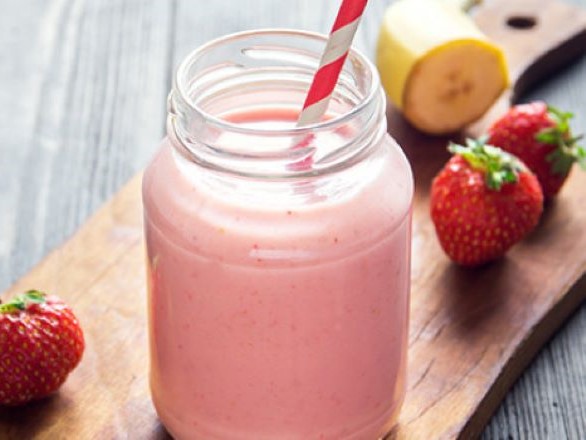
Strawberry smoothie in a mason jar.
Mason jars have been popular for decades. They were originally invented with a patented screw top that allowed people to safely can and pickle fruits and vegetables grown in the garden. Today, we also use them for drinking glasses, vases and even candle holders! Grab some friends and join us in celebrating National Mason Jar Day on Nov. 30. Try these delicious recipes for healthy overnight oats and a diabetes-friendly yogurt parfait.
Overnight Oatmeal with Berries
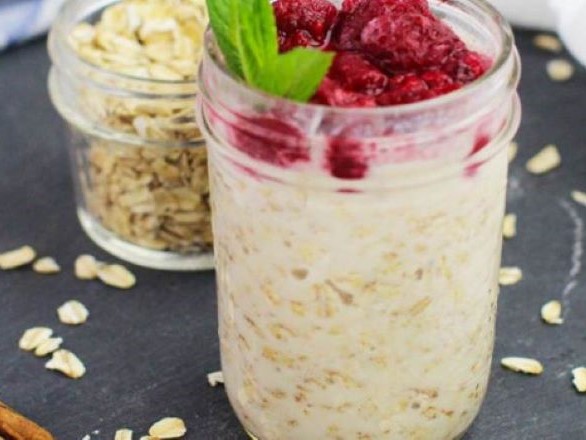
Photo caption goes here...
Ingredients:
- ½ cup low-fat milk (or less for thicker oatmeal)
- ¼ cup Greek yogurt, fat-free
- 2 teaspoons honey
- ¼ teaspoon cinnamon
- ¼ teaspoon vanilla extract
- ½ cup uncooked rolled oats
- ¼ cup raspberries, strawberries, cranberries or blueberries, frozen
Directions:
- Combine milk, Greek yogurt, honey, cinnamon and vanilla extract in a mason jar with a lid.
- Add oats and mix well.
- Gently fold in raspberries.
- Cover and refrigerate for eight hours overnight.
- Enjoy cold or heat as desired.
For more recipes by MyPlate
Yogurt Parfait
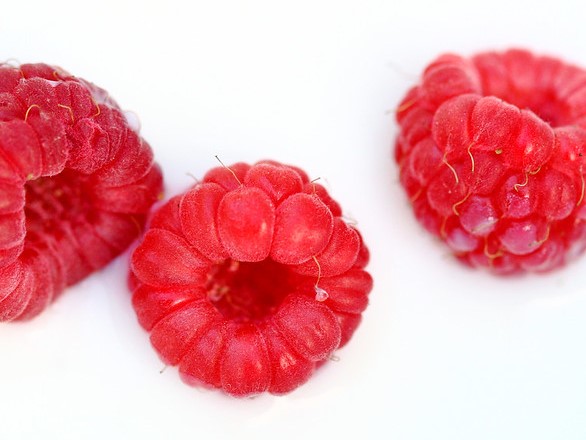
Raspberries in yogurt.
Ingredients:
- ¼ cup Greek yogurt, fat-free
- ¼ cup raspberries, strawberries, cranberries or blueberries, frozen
- 8 almonds (or equivalent in slivered almonds)
Directions:
- In a tall mason jar, layer Greek yogurt, berries and almonds.
- Repeat twice to create three layers.
- Add more layers using different berries to create an appetizing layered treat.
Learn about The Diabetes-Fighting Power of Breakfast


